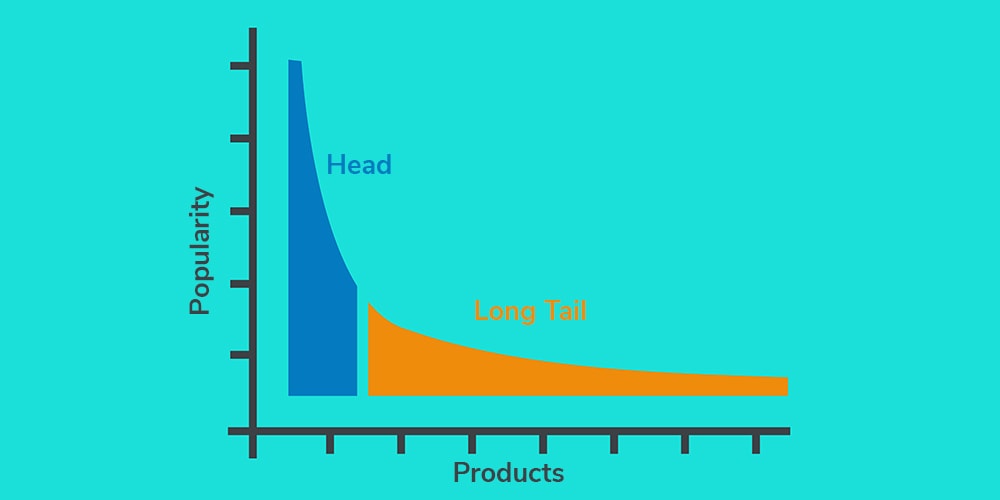87 Social Media | Similarities and Differences of Communications Tools
| Traditional Communication Tools | Social Media Tools |
|---|---|
| Time is required to publish on media i.e. printed and then distributed through couriers or posted. | Rapid dissemination of curated content with short lead-time 45. |
| Distinct distribution network i.e. newspaper sellers, booksellers, newspaper website. | Amplification of content with like-minded individuals and groups 45. |
| Informational, hard for audience to “talk back” i.e. letter to publisher to reach an author. | Ability to lead informal conversations 45. |
| “One–to-many” communication. | “One-to-many” communication as well as “one-to-one” communication. |
| Often mediated by a third party i.e. newspaper publisher. | Direct communication with audience. |
| Requires physical planning i.e. book launch or author reading. | Requires message planning i.e. composing tweets on behalf of author. |
| Content is static. | Content can be updated after initial publication. |
| Specific single publication date. | Leverages the long tail of the internet. |
 Deeper Dive
Deeper DiveBarwick, Melanie & Phipps, David & Myers, Gary & Johnny, Michael & Coriandoli, Rossana. (2014). Knowledge Translation and Strategic Communications: Unpacking Differences and Similarities for Scholarly and Research Communications. Scholarly and Research Communication. 5. 10.22230/src.2014v5n3a175.
The A-Z Guide of Social Media for Academics, Times Higher Education
Long Tail of the Internet
The long tail of the internet (coined by Chris Anderson) is a concept of having equal impact over time. The graph below shows the same amount of area under the graph in two regions. This is applicable to social media as sharing research outputs on the internet, through social media networks, allows access over time. This means that research products that have a “big launch in popularity when published” (area in blue), do not have an advantage over products tailored to specific audiences that can find the research outputs over time (area in orange).


